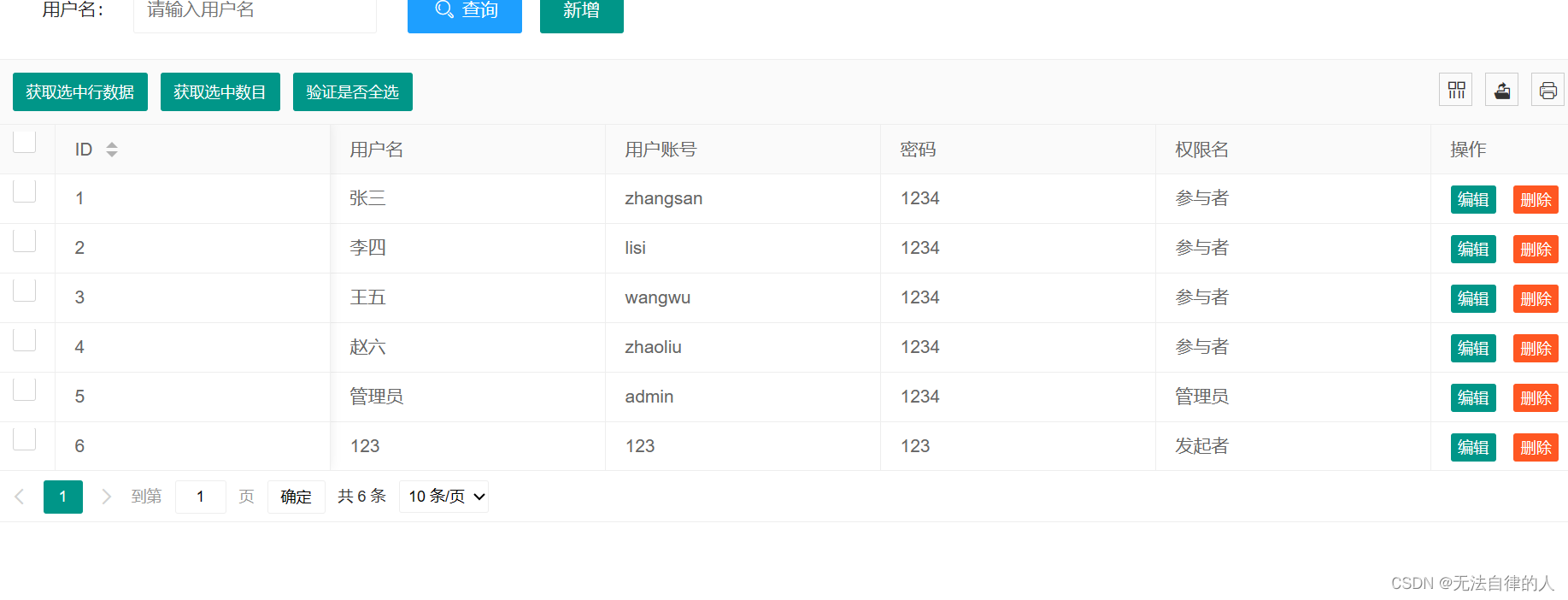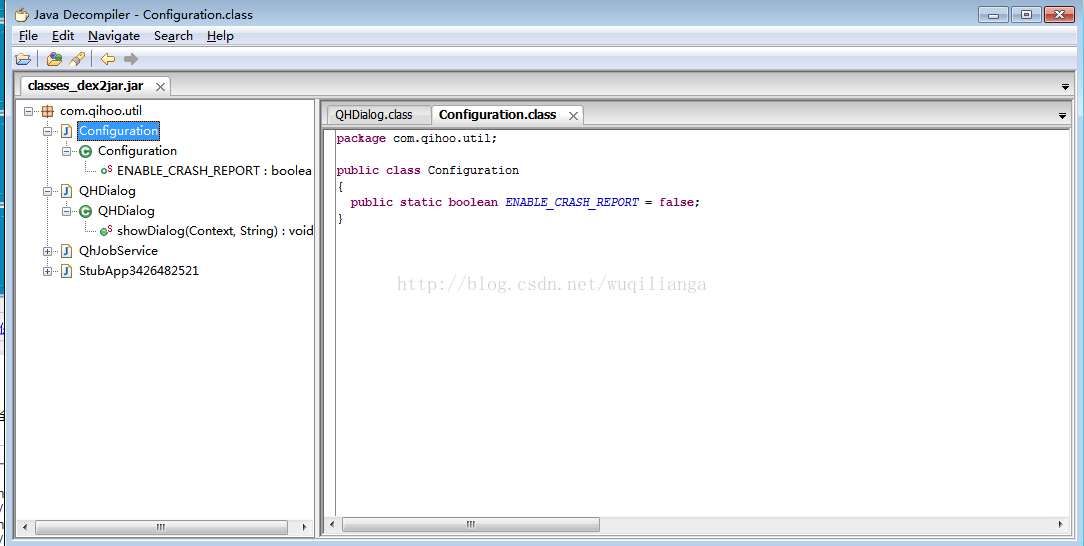- 其他 (Others)
- ★★★★★
- 2016-07-24 22:05
- 902 kb
- Android Studio
- 205 次
- 10 次
- https://github.com/wenmingvs/LogReport
介绍:
当App崩溃的时,把崩溃信息保存到本地的同时,自动给GitHub提交崩溃issue,你只需要几句,就能完成所有配置。
运行效果:

使用说明:
特性介绍
| 特性 | 简介 |
|---|---|
| 自定义日志保存路径 | 默认保存在Android/data/com.xxxx.xxxx/log中 |
| 自定义日志缓存大小 | 默认大小为30M,超出后会自动清空文件夹 |
| 支持多种上传方式 | 目前支持邮件上传与HTTP上传,会一并把文件夹下的所有日志打成压缩包作为附件上传 |
| 日志加密保存 | 提供AES,DES两种加密解密方式支持,默认不加密 |
| 日志按天保存 | 目前崩溃日志和Log信息是按天保存,你可以继承接口来实现更多的保存样式 |
| 携带设备与OS信息 | 在创建日志的时候,会一并记录OS版本号,App版本,手机型号等信息,方便还原崩溃 |
| 自定义日志上传的时机 | 默认只在Wifi状态下上传支持,也支持在Wifi和移动网络下上传 |
| 支持保存Log日志 | 在打印Log的同时,把Log写入到本地(保存的时候会附带线程名称,线程id,打印时间),还原用户操作路径,为修复崩溃提供更多细节信息 |
| GitHub自动提交issue | 使用邮件发送的形式,把接受崩溃日志的邮箱和GitHub特定的开源项目绑定在一起即可,更多细节请看下面介绍 |
依赖添加
在你的项目根目录下的build.gradle文件中加入依赖
|
1
2
3
4
5
6
|
allprojects {
repositories {
...
maven { url
"https://jitpack.io"
}
}
}
|
添加依赖
|
1
2
3
|
dependencies {
compile
'com.github.wenmingvs:LogReport:1.0.3'
}
|
初始化
在自定义Application文件加入以下几行代码即可,默认使用email发送。如果您只需要在本地存储崩溃信息,不需要发送出去,请把initEmailReport()删掉即可。
|
1
2
3
4
5
6
7
8
9
10
11
12
13
14
15
16
17
18
19
20
21
22
23
24
25
26
27
28
29
30
31
32
|
public class MyApplication extends Application {
@Override
public void onCreate() {
super
.onCreate();
initCrashReport();
}
private void initCrashReport() {
LogReport.getInstance()
.setCacheSize(30 * 1024 * 1024)
//支持设置缓存大小,超出后清空
.setLogDir(getApplicationContext(),
"sdcard/"
+
this
.getString(
this
.getApplicationInfo().labelRes) +
"/"
)
//定义路径为:sdcard/[app name]/
.setWifiOnly(
true
)
//设置只在Wifi状态下上传,设置为false为Wifi和移动网络都上传
.setLogSaver(
new
CrashWriter(getApplicationContext()))
//支持自定义保存崩溃信息的样式
//.setEncryption(new AESEncode()) //支持日志到AES加密或者DES加密,默认不开启
.init(getApplicationContext());
initEmailReporter();
}
/**
* 使用EMAIL发送日志
*/
private void initEmailReporter() {
EmailReporter email =
new
EmailReporter(
this
);
email.setReceiver(
"wenmingvs@gmail.com"
);
//收件人
email.setSender(
"wenmingvs@163.com"
);
//发送人邮箱
email.setSendPassword(
"apptest1234"
);
//邮箱的客户端授权码,注意不是邮箱密码
email.setSMTPHost(
"smtp.163.com"
);
//SMTP地址
email.setPort(
"465"
);
//SMTP 端口
LogReport.getInstance().setUploadType(email);
}
}
|
上传
在任意地方,调用以下方法即可,崩溃发生后,会在下一次App启动的时候使用Service异步打包日志,然后上传日志,发送成功与否,Service都会自动退出释放内存
|
1
|
LogReport.getInstance().upload(context);
|
发往服务器
如果您有自己的服务器,想往服务器发送本地保存的日志文件,而不是通过邮箱发送。请使用以下方法替换initEmailReporter方法
|
1
2
3
4
5
6
7
8
9
10
11
12
13
|
/**
* 使用HTTP发送日志
*/
private void initHttpReporter() {
HttpReporter http =
new
HttpReporter(
this
);
http.setUrl(
"http://crashreport.jd-app.com/your_receiver"
);//发送请求的地址
http.setFileParam(
"fileName"
);
//文件的参数名
http.setToParam(
"to"
);
//收件人参数名
http.setTo(
"你的接收邮箱"
);
//收件人
http.setTitleParam(
"subject"
);
//标题
http.setBodyParam(
"message"
);
//内容
LogReport.getInstance().setUploadType(http);
}
|
保存Log到本地
使用以下方法,打印Log的同时,把Log信息保存到本地(保存的时候会附带线程名称,线程id,打印时间),并且随同崩溃日志一起,发送到特定的邮箱或者服务器上。帮助开发者还原用户的操作路径,更好的分析崩溃产生的原因
|
1
|
LogWriter.writeLog(
"wenming"
,
"打Log测试!!!!"
);
|



